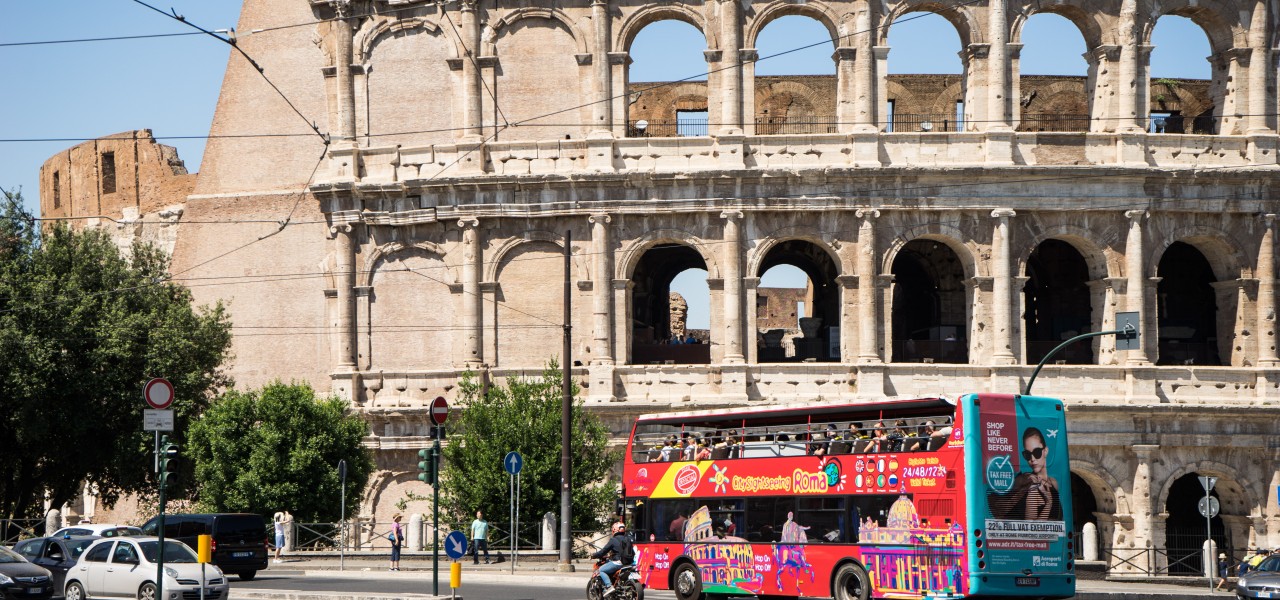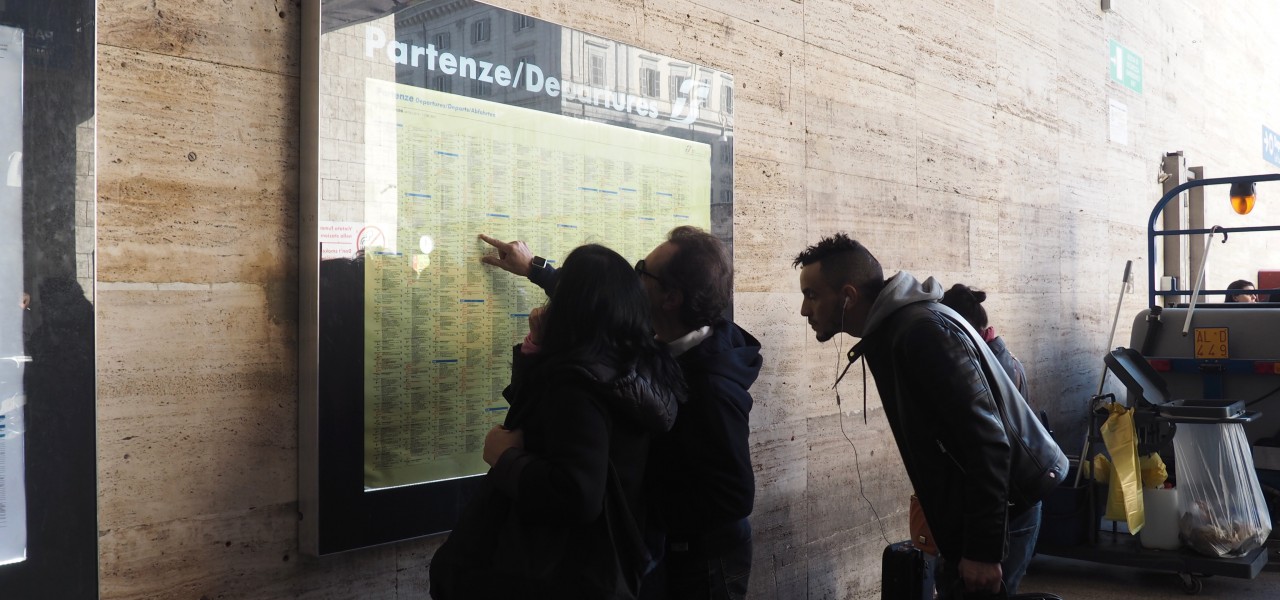Circus Maximus in Rom. It takes a bit of imagination to be able to imagine what Circus Maximus must have looked like in ancient Rome. Because from the former mega-stadium, in which spectacular car races took place almost 2000 years ago, there is almost only a large green area left today. In order to give your imagination a little boost and to give you an insight into the meaning and history of this place, I have summarized everything in the following text that you need to know about the Circus Maximus.
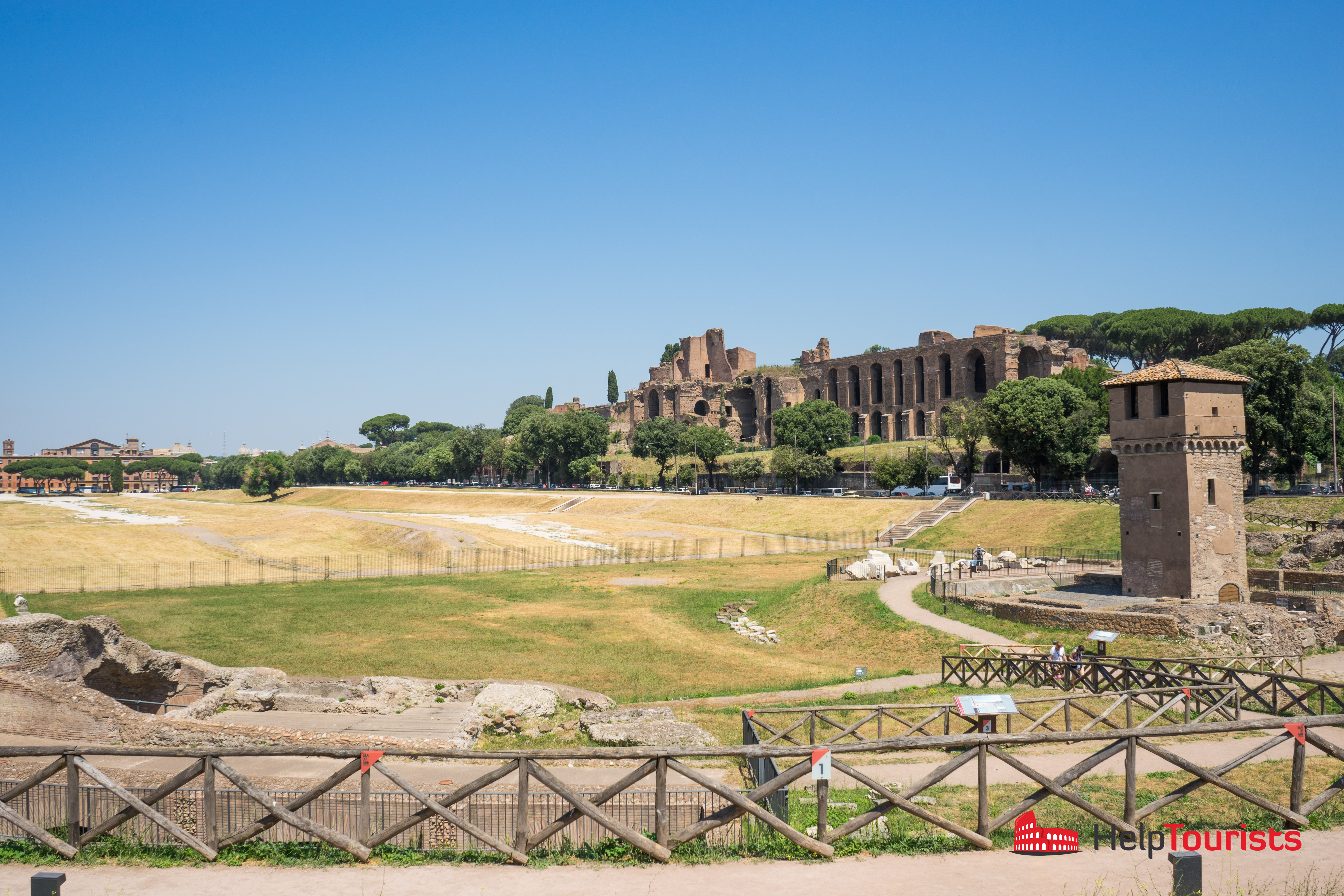
Circus Maximus in Rome – Information and tips for sightseeing
The Circus Maximus: ancient mega-stadium or a big nothing?
The Circus Maximus in Rome is undoubtedly a very impressive place, rich in history and which has undergone many changes over the centuries. That is why it has also become a symbol of Rome, which makes the size of the empire understandable and at the same time shows the importance of entertainment in ancient Rome. Now there are only a few traces of the former Circus Maximus and you can only see the huge spur that preserves the shape of the complex, to the chagrin of the tourists who visit it, in the hope of finding the original remains to preserve the atmosphere Relive the games of ancient Rome.
That’s exactly what happened to me, my very first visit to the famous Circus Maximus in Rome was a big flop. Of course, I did not expect galloping horses to roam the fields even today, while the audience in the ancient stands gives thunderous applause. But when I was almost completely alone in the middle of a large green area, I felt a little bit after Ben Hur and I was rather disappointed. Instead of rapid car races, I found yawning emptiness and immediately got back on the metro.
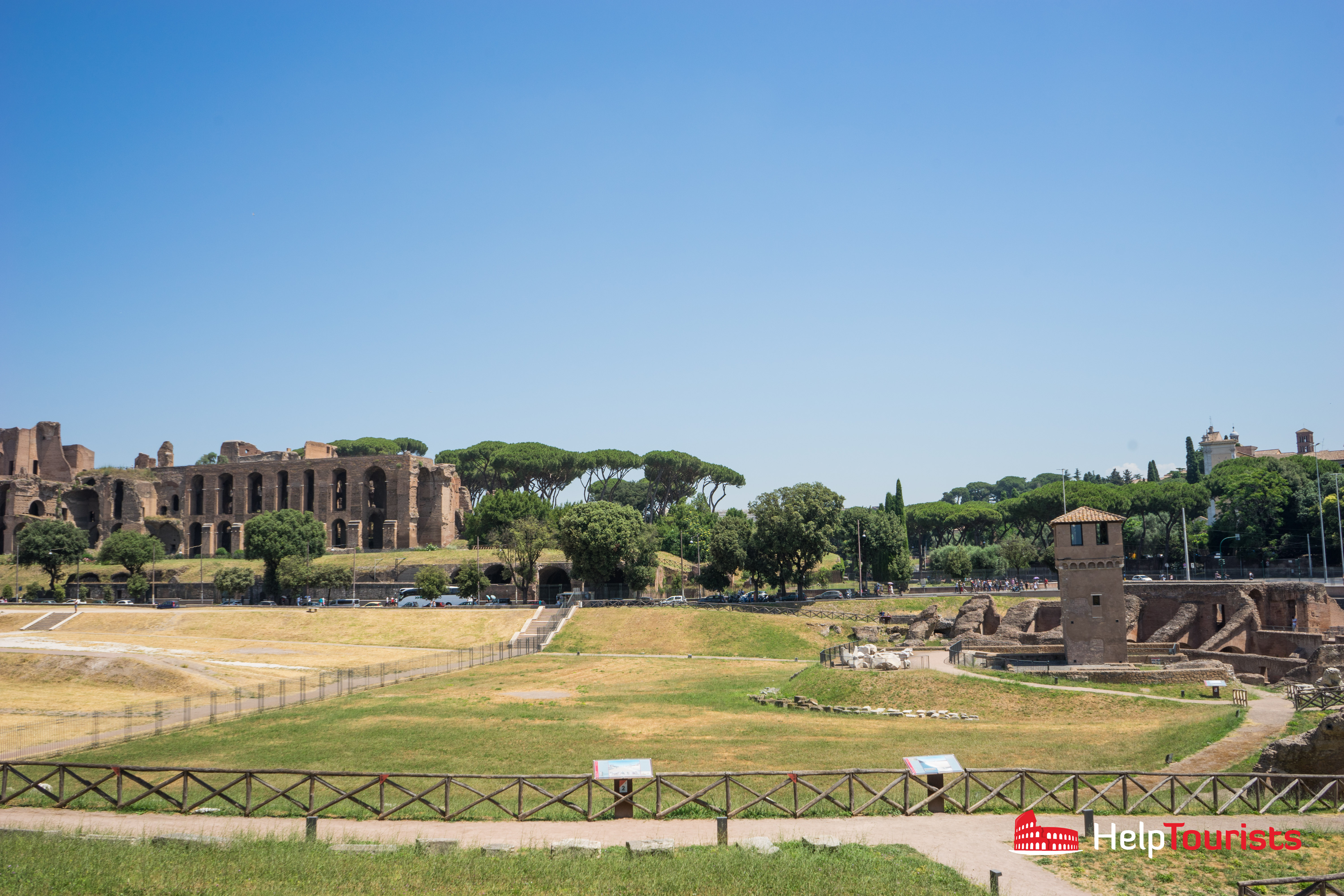
A few months later, coincidence led me back to Circo Massimo, this time for a picnic with a few friends. One of them was a Roman who studied Latin and history. Incidentally, between tomato, mozzarella and mortadella, he told me more about the history of the Circus Maximus and I started to see the Circus Maximus in Rome with different eyes.
Did you know, for example, that …
-
… the film Ben Hur was not allowed to be shot in the Circus Maximus? Instead, the shooting was among others performed in the film studios of Cinecittà. Nevertheless, I recommend you to watch the film, because it gives an insight into how the Circus Maximus must have looked in its heyday.
-
… Ben Hur is a fictional character? Ben Hur is the result of the creativity of an American novelist. But there is a historical counterpart to him that really existed: the charioteer Scorpo, a beloved star of the arena, the greatest champion of the Flavian era.
-
… the two obelisks that were found during excavations at Circus Maximus were placed elsewhere in Rome? One of them is in the center of Piazza del Popolo, one of the most beautiful squares in Rome, the other you can admire next to the Lateran Basilica.
The Circus Maximus – more than 2000 years of entertainment
Located between Aventine and Palatine Hill, the Circus Maximus in Rome was a stadium with a capacity of 250,000 spectators (that’s three times as much as the Olympic Stadium in Berlin!). With its 600-meter-long and 225-meter-wide racetrack, the Circus Maximus was the largest stadium in Rome, larger than the Circus Flaminio and the Circus of Maxentius.
Various competitions were held in the Circus Maximus. The chariot races, in which the participants had to do seven laps around the Circus Maximus, are of course particularly famous. The contestants who competed on small horse-drawn carriages played much more than their prestige or prize: they were slaves who fought for their freedom!
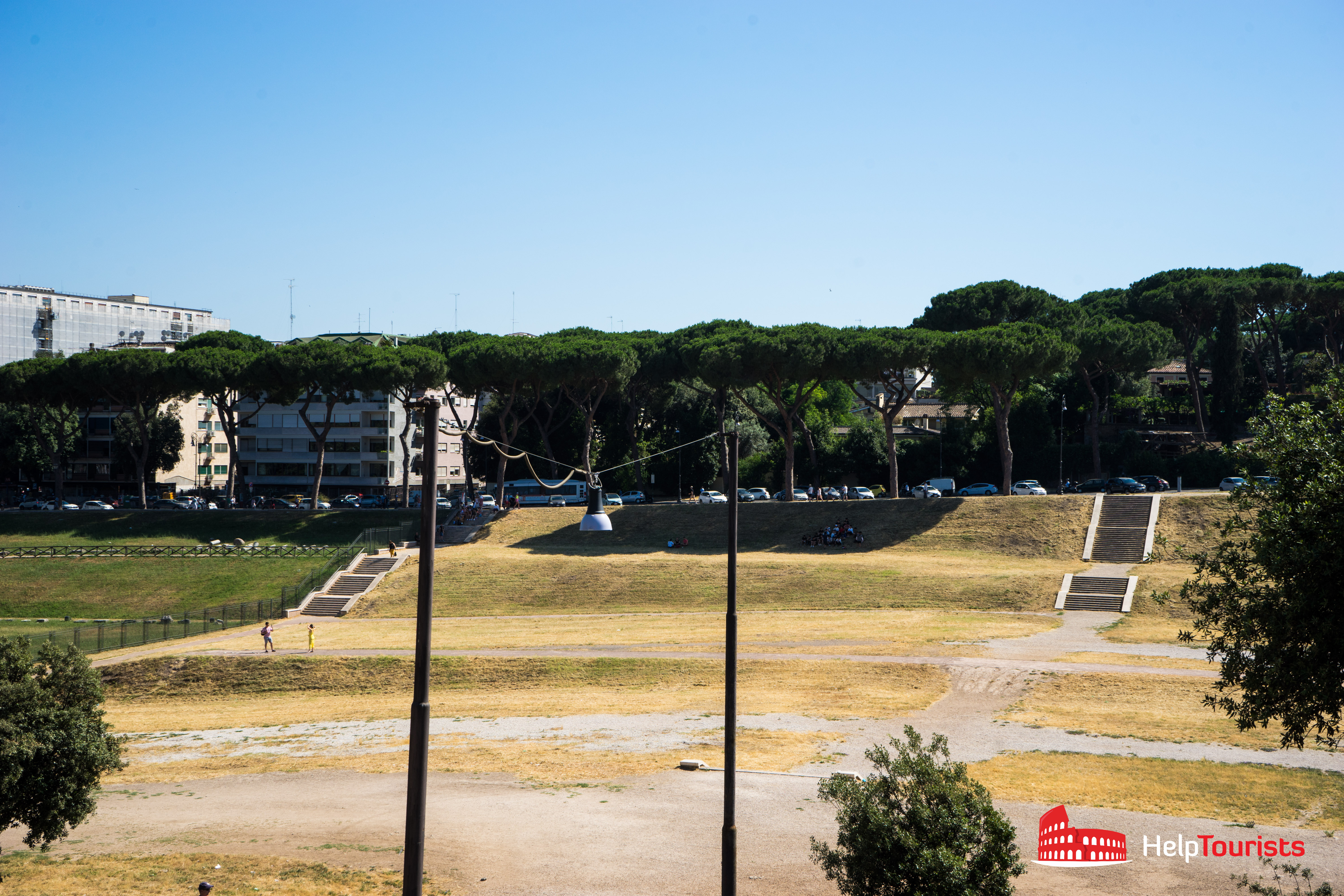
During the games there were also horse parades known as “Ludus Troianus”, depictions of battles fought by young Roman aristocrats, or races (on foot) that lasted several hours. All races and competitions had the incentive to bet. During excavations at Circus Maximus in Rome, archaeologists found 150 coins in only 50 cm of land. The excavations in the Circus Maximus uncover finds that show how the “ludi magni”, the great games took place and what economic importance they once had for the Roman people. There were hundreds of thousands of spectators around them, a myriad of small shops, stalls, and outdoor pubs.
From antiquity to today: the use of the Circus Maximus through the ages
The Circo remained in its original function until the first decades of the 6th century. When the empire fell, the large arena was abandoned and the area was flooded to supply the gardens and mills. Later the area of the Circus Maximus was used as an agricultural area and then from the 19th century – in the course of industrialization – became the location of numerous sheds and warehouses, workshops, handicraft businesses and even a gasometer.
At the beginning of the 20th century, excavation work began, which brought to light a large part of the grandstand and the remains of the Arch of Titus. The area was later handed over to the National Fascist Party, which used it for its events because of its high symbolic value.
Meanwhile, the Circus Maximus mainly serves as a green space: Romans and tourists, for example, go there for jogging, picknicking, grilling or walking. Occasionally, however, the city still uses it as a venue for mass demonstrations and large concerts (rolling stones) and festivals (live aid, rock in Roma). Among other things, the Italian national football team was welcomed and cheered on by fans there after winning the World Cup in 2006. Even after several thousand years, the Circus Maximus has remained true to its original function.
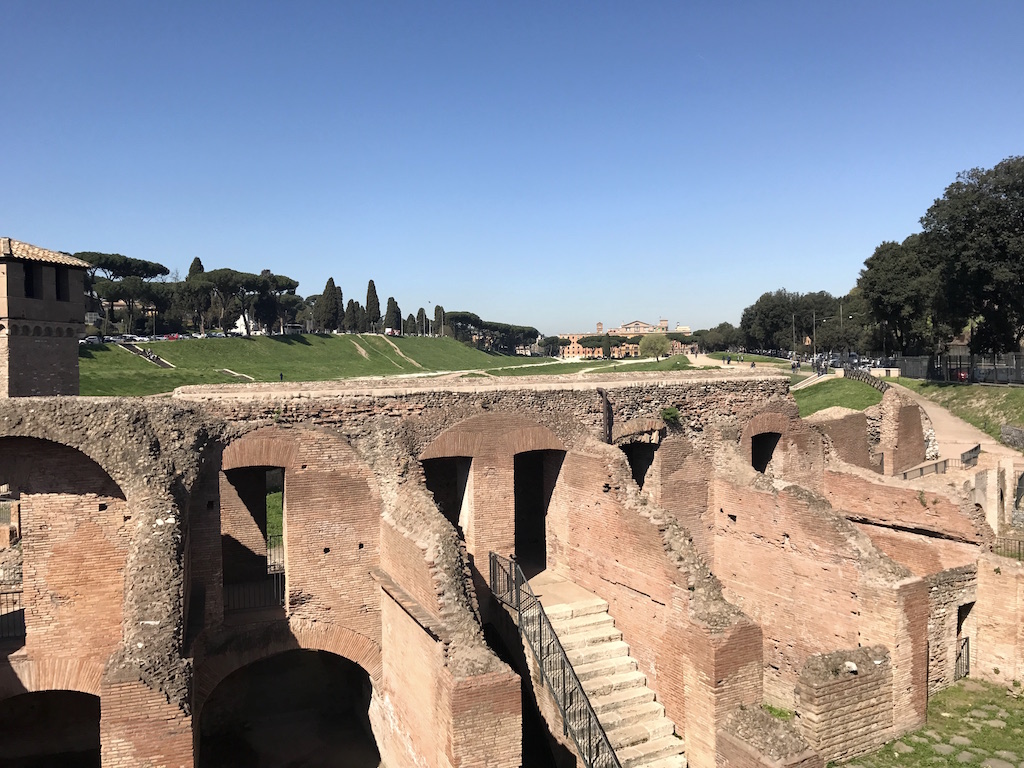
Circo Massimo Experience – Ancient history meets modern technology
You have recently been able to help your imagination with the latest technology. VR glasses make it possible and show you the former glory of the Circus Maximus during the imperial period – in the truest sense of the word.
With the help of augmented reality and virtual reality, the mega-arena of the Circus Maximus is brought to new life. The VR glasses are like a portal into a virtual world of the ancient world. For the first time, the circus can be visited in all of its historical phases: you can stroll between the Roman shops and be there live at a chariot race.
The program is available in eight languages (Italian, English, French, German, Spanish, Russian, Chinese and Japanese). In only 40 minutes you will be guided through eight stages. The valley (between Aventine and Palatine) and the origins of the circus, the circus from Julius Caesar to Trajan, the circus in the imperial period, the Cavea, the Arch of Titus, the Botteghe (tabernae), the circus in the Middle Ages and in modern times and finally Un giorno al Circo – a day in the circus.
Admission prices and opening times
-
Access to the large green space of the Circus Maximus is free and not restricted to certain opening times. That means you can visit the Circus Maximus in Rome at any time and without paying admission.
-
The archaeological area of the excavations is always open to the public from Tuesday to Sunday.
-
The opening times are from 9.30 a.m. to 7 p.m. in summer and from 9.30 a.m. to 4.30 p.m. in winter. Admission is always one hour before closing. The excavations are closed on Mondays, December 25th, January 1st and May 1st.
-
Entry costs 5.00 euros for adults, the reduced price is 4.00 euro
-
If you want to visit the Circo Massimo Experience, you can do that from Tuesday to Sunday.
Opening times: From March to October, 9:30 a.m. to 7 p.m., always from 9:30 a.m. to 4:30 p.m. On December 24th and 31st, however, only from 9:30 a.m. to 2:00 p.m. The last admission is always possible one hour before closing.
Closed on Mondays and on December 25th, January 1st and May 1st: The Circo Massimo Experience is closed.
Tickets: Entry to the Virtual Tour of the Circus Maximus costs 12.00 euros for adults and reduced (up to 26 years, or for groups of 10 or more) 10 euros. Children under the age of six have free admission. The family ticket for 22.00 euros includes admission for two adults including their children under the age of 18.

This is the best way to get to Circus Maximus
Getting to Circus Maximus in Rome by metro is particularly easy. You just have to get off at “Circo Massimo” (line B), which is right next to the ancient arena. Numerous buses also stop at this metro station: 51, 75, 81, 118, 160. Alternatively, you can take buses 44, 83, 160, 170, 716 or 781 and get off at Bocca della Verita.
From there it is a further 200 to 300 meters on foot. From the Roman Forum and the Colosseum you can walk to the Circus (around 500 meters).
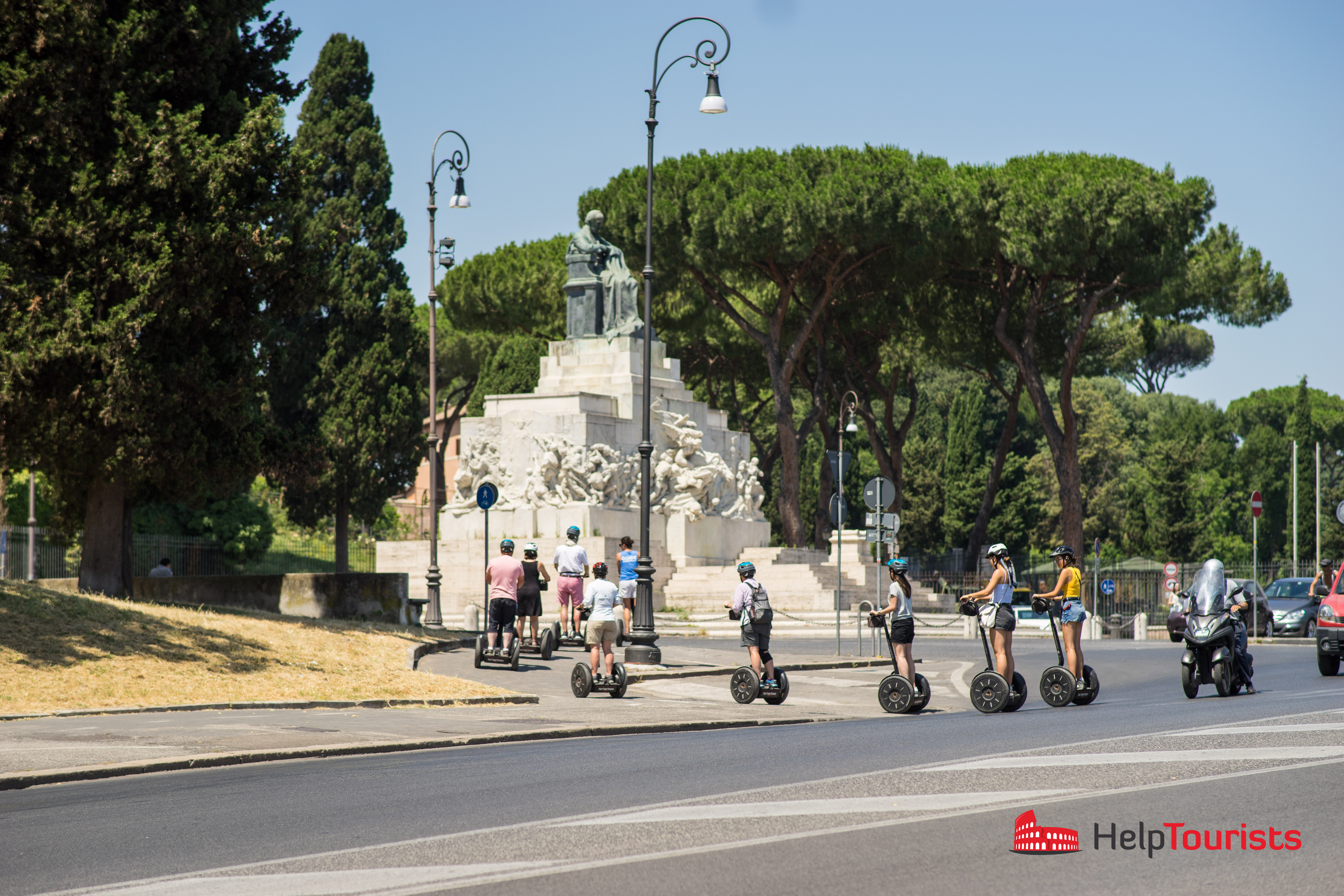
Places of interest near the Circus Maximus that you shouldn’t miss
- Both the Colosseum and the Roman Forum are only a few minutes walk from the Circo Massimo. Therefore they can be wonderfully combined with the visit
- The so-called Bocca della verità, the mouth of truth, is hidden behind the Circus Maximus (on the opposite side of the metro station) in the portico of the Roman church of Santa Maria in Cosmedin.
- As already mentioned, the Circus Maximus is situated between two of the seven hills on which Rome was built. The Palatine Hill, to which access is only possible through the Roman Forum, and the Aventine. If you have the time, you should definitely stop by the Aventine. A stroll to Rome’s most famous keyhole and the beautiful orange garden is definitely worth it.








